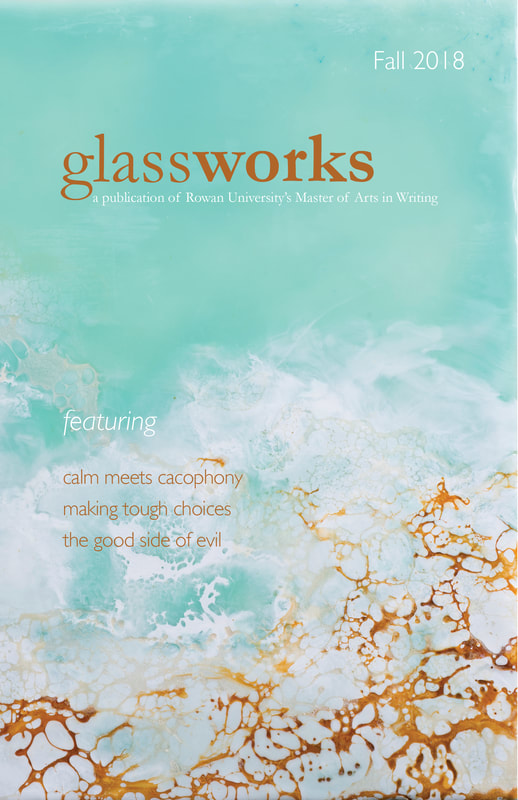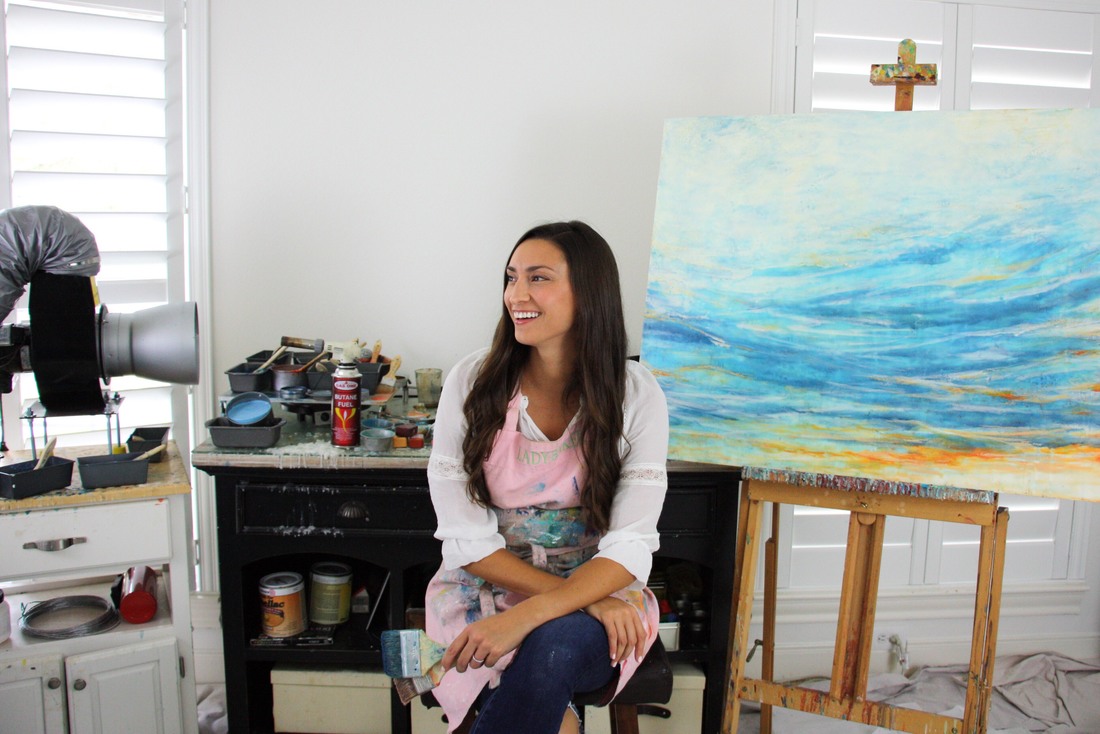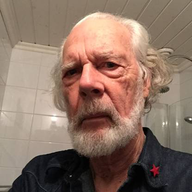|
lookingglass
Through the "Looking Glass," readers are invited to dig deeper into our issues as contributors share reflections on their work. Specifically, "Looking Glass" provides a sort of parlor where authors and artists reveal the genesis of their pieces, as well as provide meta-discursive insight into their textual and visual creative works. Issue 17 Reflections
Read on for reflections by select authors and artists
on the genesis and craft of their pieces in Glassworks and then read the full issue online! |
Kari Hall
"Earthwave" | "In the Midst of It All" | "Into the Deep"
|
Encaustic is a painting method where color-pigmented beeswax is melted, applied to a surface and reheated to fuse the paint into a smooth or textured finish. The word encaustic comes from Greek word enkaustikos and means 'to burn in', which refers to the process of fusing the paint. Encaustic has a long history, but it has been experiencing a recent resurgence in popularity due to the increased convenience and safety of heating appliances. The surface can be polished to a high gloss, it can be modeled, sculpted, textured, and combined with collage materials. It cools immediately, so that there is no drying time, yet it can always be reworked. The durability of encaustic is due to the fact that beeswax is impervious to moisture. Because of this it will not deteriorate. Encaustic paintings do not have to be varnished or protected by glass.
|
Through the framework of landscape, I paint expressively to unearth meaningful emotions. Guided by my intuition and reflecting on a sense of place, I apply soft, luminous layers of melted beeswax, resin, and pigment to wood panels, building depth and texture. I fuse each layer of encaustic medium with a torch before adding another. By carving, smoothing, and melting, I reveal unique elements of light and color. With its dimensional surface and natural fragrance of organic beeswax, the paintings ignite my sense of touch, smell, and sight, awakening me into a deeper connection with the depths of my spirit.





